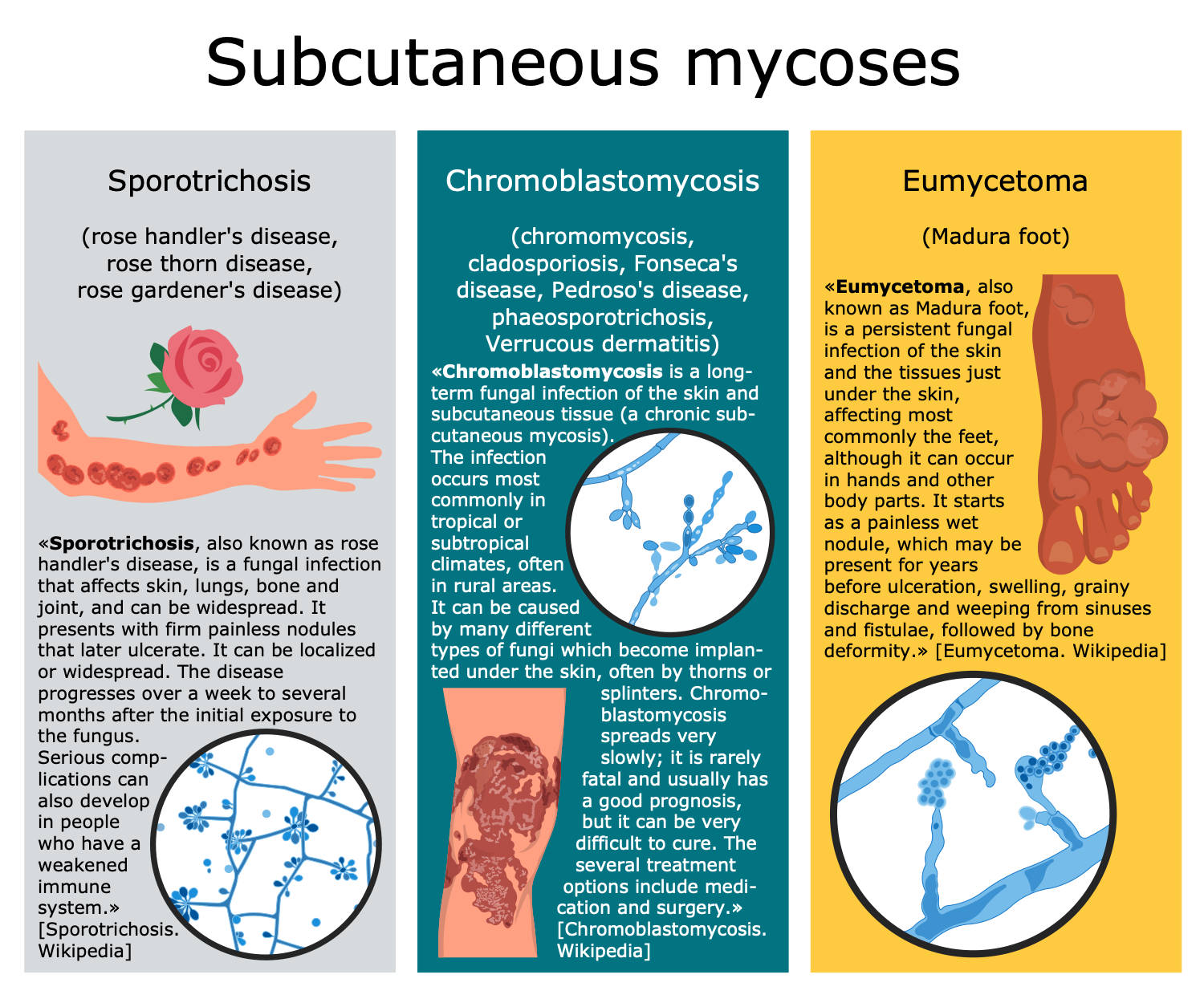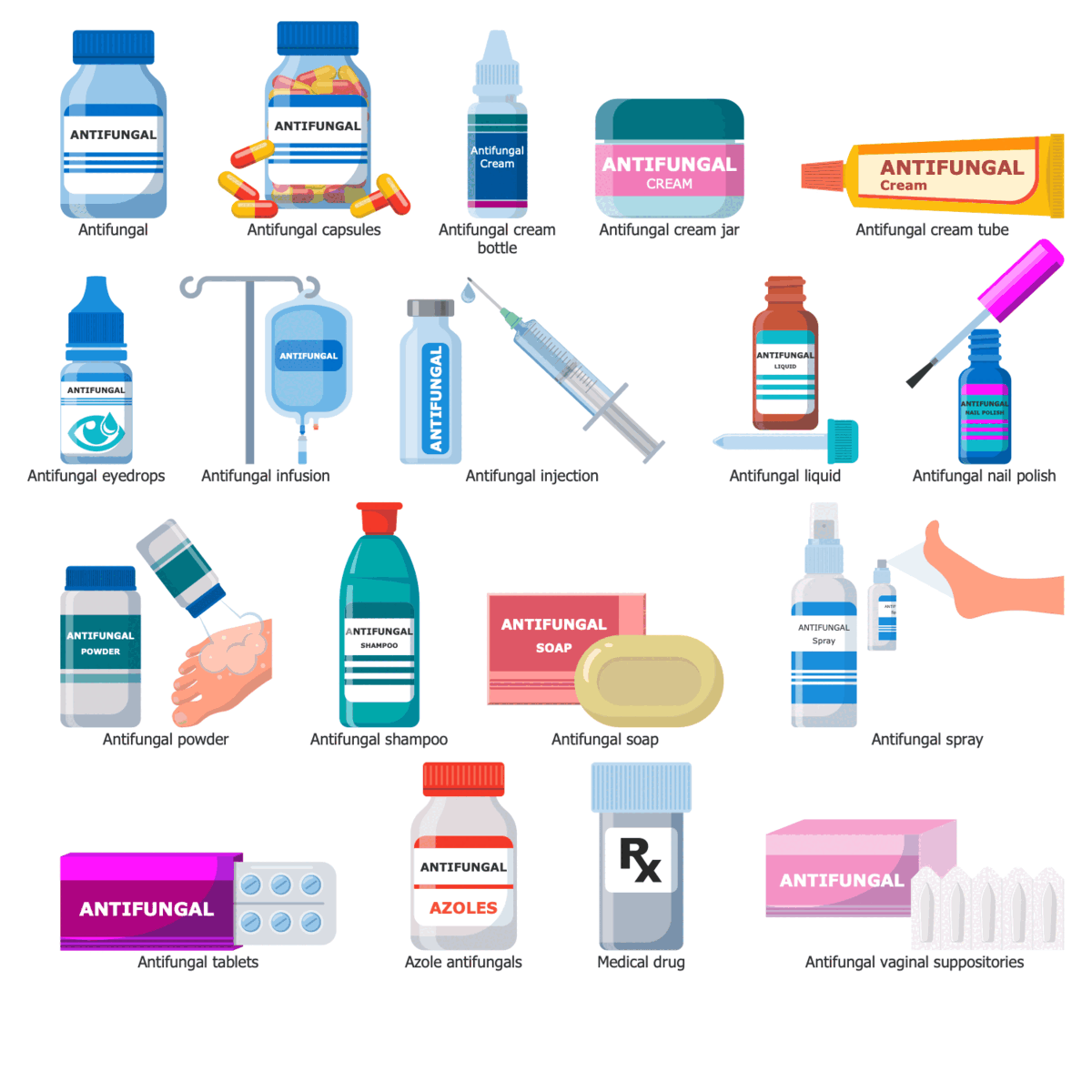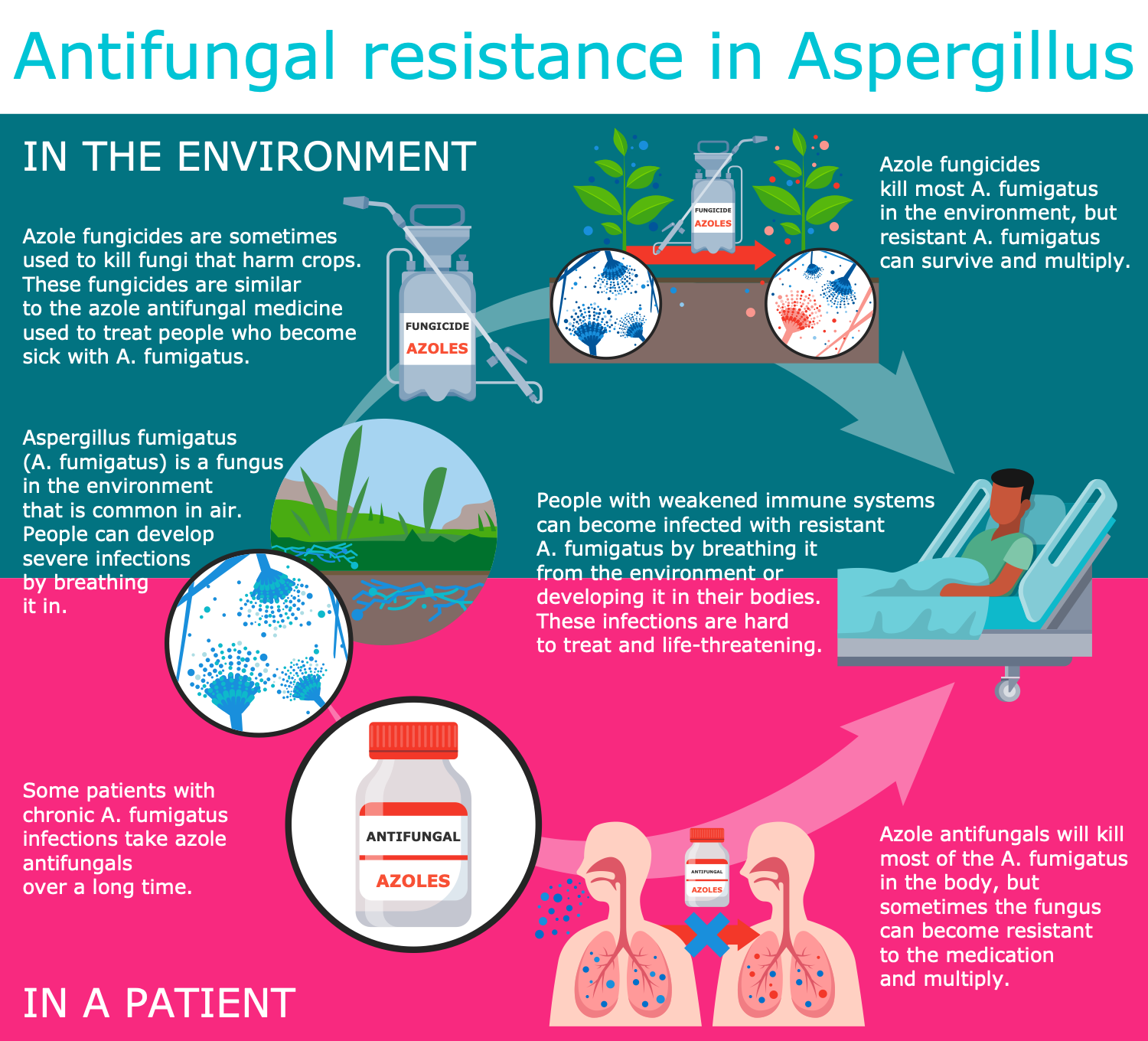Mycotoxins
Mycotoxins are secondary toxic metabolites produced by fungi, which pose hazards for people and animals and can cause various diseases. They are toxic even in low concentrations, impact food security and nutrition, affect health problems in people and animals when entered with food, via ingestion, or skin contact, can spread the bloodstream and lymphatic system, and in severe cases cause death. Mycotoxins improve the environment for further fungi multiplication and weaken the host they entered, damage macrophage systems, inhibit protein synthesis and particle clearance of the lungs, increase sensitivity to bacterial infection, etc.
In most, mycotoxins are produced by saprophytic molds. These are low-molecular-weight toxical natural products that grow and contaminate food and beverage. The mold that produces mycotoxins can grow on the surface or penetrate deep into the food. However, proper drying and correct storing of foods help to avoid mold growth and the production of mycotoxins.
Mold can infect crops and gets the food chain with a harvest of cereals, nuts, spices, fruits, beans, coffee, and medicinal plants. Spices are the most favorable substrate for the growth of mycotoxigenic fungi. It can seem strange, but especially red chili, black pepper, and dry ginger are the most often contaminated with mycotoxins.
Mycotoxins can enter a human organism with contaminated food products directly or as a result of eating the meat of animals fed with contaminated feed. In certain conditions, they are produced and accumulated during the storage of agricultural crops. Therefore, strict sanitary inspection is implemented at all steps of the food supply chain from growing and harvesting to distribution to end consumers.
Mycotoxins are hard to define and classify. Their danger is also that they are not detected by antigens, not produce obvious symptoms. They can cause neurological diseases, gastrointestinal and kidney disorders, liver damage, skin disorders, immune deficiency, hormonal effects, cancer, and attack the central nervous system. They can even cross the placenta and affect the fetus, and get into the milk. Sometimes mycotoxicoses become a cause of epidemics in people and also in animals, can affect reduce of milk yield in dairy animals.
The symptoms of mycotoxicosis depend on the type of mycotoxin, its concentration, and length of exposure. They also differ depending on the age, sex, and health state of the exposed individual, the presence of chronic diseases. Biomarkers are used to diagnose mycotoxicoses and help to understand the causes and principles of origin of the diseases caused by them and develop medicines against them.
To minimize the health risk from mycotoxins, it is recommended to inspect obligatory grains, dried fruits, nuts, spices, and other food for evidence of mold and throw moldy products and damaged grains. Buy grains and nuts fresh and store them in dry, clean, and not too warm areas. Eat diverse food, make sports and strengthen your immune system to resist any diseases and infections.

Example 1. Mycotoxins - Fungi Toxic Metabolites/p>
Currently, around 400 compounds are recognized as mycotoxins. At the same time, several species may produce the same mycotoxins and one mold species may produce different mycotoxins. The most common and dangerous for people and animals are aflatoxins, fumonisins, ochratoxin A, patulin, citrinin, ergot alkaloids, trichothecenes, zearalenone, fusarium toxins like deoxynivalenol.
- Aflatoxins are mycotoxins produced by Aspergillus flavus and Aspergillus parasiticus molds. They are the most poisonous mycotoxins, distributed mainly in the tropics. Aflatoxins B1, B2, G1 affect cereals, corn, oilseeds, hay, spices, nuts. Aflatoxin M1 is found in milk of cows, who eat contaminated crops. Eating foods with aflatoxins may cause acute poisoning. kidney and immune system problems, liver failure, cancer, birth defects, DNA damage, and even death.
- Fusarium molds multiply on corn or wheat and produce mycotoxins trichothecenes deoxynivalenol (DON), nivalenol (NIV), zearalenone (ZEN), fumonisins, T-2 and HT-2 toxins. Fumonisins affect the nervous systems of horses and cause cancer in rodents. The high humidity after hot and dry weather provokes the growth of fumonisins. Trichothecenes and zearalenone can cause chronic and fatal toxic effects in animals and humans.
- Penicillium, Aspergillus and Byssochylamys are molds growing on grains, cereals, fruits, cheese, coffee, beans, etc. They produce Ochratoxin A, B, and C mycotoxins, and patulin. They cause vomiting, nausea, gastrointestinal disturbances, kidney damage, tumors in the urinary tract, and other toxic effects, even damaging the DNA. Patulin is often found in rotting apples and apple products. Moreover, pasteurization of apple juice made from contaminated apples doesn’t get rid of it, while fermentation destroys patulin, therefore vinegar or alcohol made from fruits don't contain this mycotoxin.
- DON and ZEN infect grains and are found on wheat flour, bread, noodles, beer, and other foods, and can affect the liver and kidneys. T-2 and HT-2 toxins are associated with oats and are also toxic to humans. They cause vomiting, nausea, irritation to the skin and intestinal mucosa, diarrhea, sometimes hormonal and estrogenic effects, oesophageal cancer.
- Citrinin contaminates long-stored food, cereals, fruits, mainly is found in rice and frequently causes diseases in animals in Japan. Citrinin causes different toxic effects including hepatotoxic, nephrotoxic, and cytotoxic effects.
At the same time, mycotoxins are pharmacologically active chemical products. Therefore, they are used in producing drugs, antibiotics, and growth promoters. Some species of Aspergillus and Penicillium are also used to produce cheese, soy sauce, sake, miso.
Example 2. Medical Mycology Libraries Design Elements
Medical Mycology solution for ConceptDraw DIAGRAM software provides a large collection of predesigned vector objects and colorful clipart, and a set of illustrative samples. The included drawing tools are helpful to illustrate all severity of fungi infections and mycotoxins that they produce, outline the groups of fungi and the most dangerous mycotoxins, ways of entering a human or animal organism, harmful effects, minimization the health risk, medical ways to fight against fungi diseases, mycotoxins and their effects. 17 libraries with 350+ vector objects will help in effective design of medical mycology infographics, illustrations, and diagrams.
Example 3. Antifungal Resistance in Aspergillus
The mycology infographics you see on this page were created in ConceptDraw DIAGRAM software using the Medical Mycology Solution. They successfully demonstrate the solution's capabilities and the professional results you can achieve. An experienced user spent 10-15 minutes creating each of these samples.
Use the powerful tools of the Medical Mycology Solution for ConceptDraw DIAGRAM software to create your own infographics and diagrams of any complexity fast and easy, and then successfully use them in your work activity.
All source documents are vector graphic documents. They are available for reviewing, modifying, or converting to a variety of formats (PDF file, MS PowerPoint, MS Visio, and many more graphic formats) from the ConceptDraw STORE. The Medical Mycology Solution is available for all ConceptDraw DIAGRAM users.

